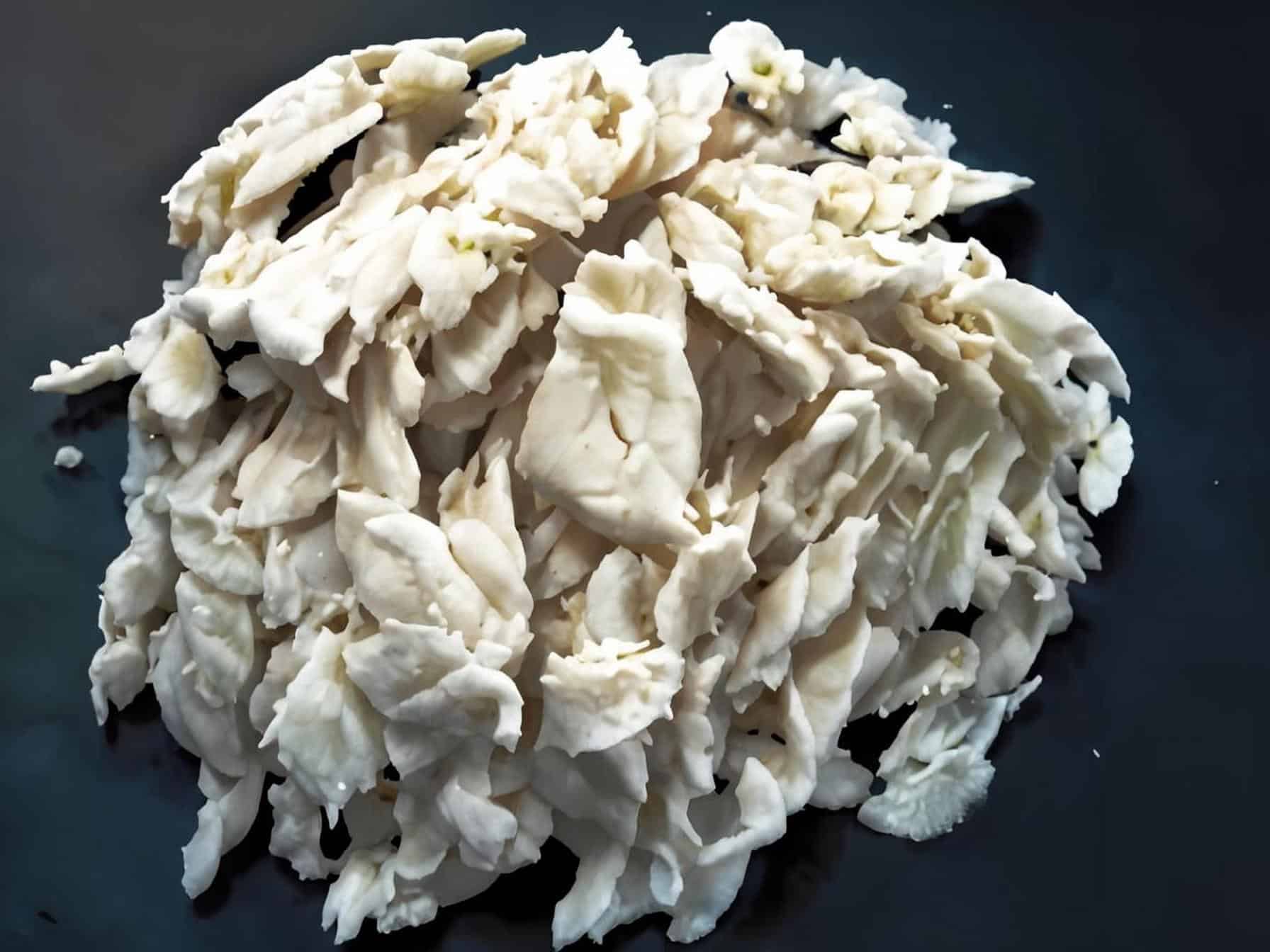There are many professional terms and product names in the epoxy flooring industry that everyone does not understand very well, so it is a bit confusing when reading relevant technical articles. Therefore, if you want to get deeper into this industry, learning is essential. What we are going to introduce to you today is the synthesis knowledge of epoxy resin. We will continue to explain some of the more obscure vocabulary to you in future articles. Epoxy resin is an important material in epoxy resin floor coatings. There are many types of epoxy resins. Different types of epoxy resins have different synthesis methods.
There are two main types:
1. It is obtained by condensation polymerization of compounds containing active hydrogen atoms such as polyphenols, polyols, polybasic acids and polyamines, and compounds containing epoxy groups such as epichlorohydrin.
2. It is formed by epoxidation of the double bonds of chain or cyclic diene compounds and peroxyacid.
The synthesis principle of bisphenol A epoxy resin:
Bisphenol A epoxy resin is also called bisphenol A glycidyl ether epoxy resin. Due to the convenient source of raw materials and low cost, it is the most widely used and has the largest output among epoxy resins, accounting for more than 85% of the total epoxy resin output. Bisphenol A-type epoxy resin is produced by the reaction of bisphenol A and epichlorohydrin under the catalysis of sodium hydroxide. Bisphenol A and epichlorohydrin are both difunctional compounds, so the synthetic resin has a linear structure. Bisphenol An epoxy resin is composed of low molecular weight diglycidyl ether, bisphenol A and some high molecular weight polymers. The molar ratio of bisphenol A to epichlorohydrin is different, and its composition is also different. The molar ratio of propyl chloride to bisphenol A must be greater than 1:1 to ensure that the ends of the polymer molecules contain epoxy groups. The molecular weight of epoxy resin changes with the molar ratio of bisphenol A and epichlorohydrin. The greater the excess of epichlorohydrin, the smaller the molecular weight of epoxy resin. To prepare epoxy resins with molecular weights as high as tens of thousands, equimolar ratios must be used. The actual dosage of epichlorohydrin in industry is generally 2 to 3 times the stoichiometric amount of bisphenol A.
Synthesis process of bisphenol An epoxy resin:
Industrially, there are two main production methods for bisphenol An epoxy resin: one-step method and two-step method. Low molecular weight and medium molecular weight resins are generally synthesized by a one-step method, while high molecular weight resins can be synthesized by either a one-step method or a two-step method.
(1) One-step method
The one-step method is to polycondensation a certain molar ratio of bisphenol A and epichlorohydrin under the action of NaOH to synthesize low and medium molecular weight bisphenol A type epoxy resins. Domestic E-20, E-12, E-14 and E-44 and other epoxy resins we often use in epoxy floor paint are all produced using the one-step method. The one-step method can be divided into water washing method, solvent extraction method and solvent method.
(2) Two-step method
The two-step method includes bulk polymerization and catalytic polymerization. The bulk polymerization method is to heat and dissolve low molecular weight epoxy resin and bisphenol A, and then react at a high temperature of 200 degrees Celsius for 2 hours to obtain the product. The bulk polymerization method is carried out at high temperatures, has many side reactions, and contains branched chains in the product. The product not only has a low epoxy value, but also has poor solubility, and even condensation may occur during the reaction process. Catalytic polymers are made by heating low molecular weight bisphenol A-type epoxy resin and bisphenol A to 80 to 120 degrees Celsius to dissolve, and then adding a catalyst to react. The temperature rises naturally due to the heat of reaction. After the heat is released, it is cooled to 150~170 degrees Celsius and reacts for 1.5 hours. The product is obtained by filtering.
The one-step method is carried out in an emulsion state in a water medium, and post-processing is difficult. The resin has a wide molecular weight distribution and a high organic chlorine content. It is difficult to produce resin products with high epoxy value and high softening point. The two-step method is carried out in a homogeneous state in an organic solvent, the reaction is relatively stable, the resin molecular weight distribution is narrow, and post-processing is relatively easy. The organic chlorine content is low, and the epoxy value and softening point can be controlled by the reaction temperature of the raw material ratio. The two-step method has the advantages of simple process, convenient operation, low investment, short working hours, no three wastes, and easy product quality control and adjustment, so it has attracted increasing attention.
More YQXPOLYMER Epoxy Resin information, please contact us via email: sales@yqxpolymer.com, or voice to us at: +86-28-8411-1861.
Some pictures and texts are reproduced from the Internet, and the copyright belongs to the original author. If there is any infringement, please contact us to delete.


